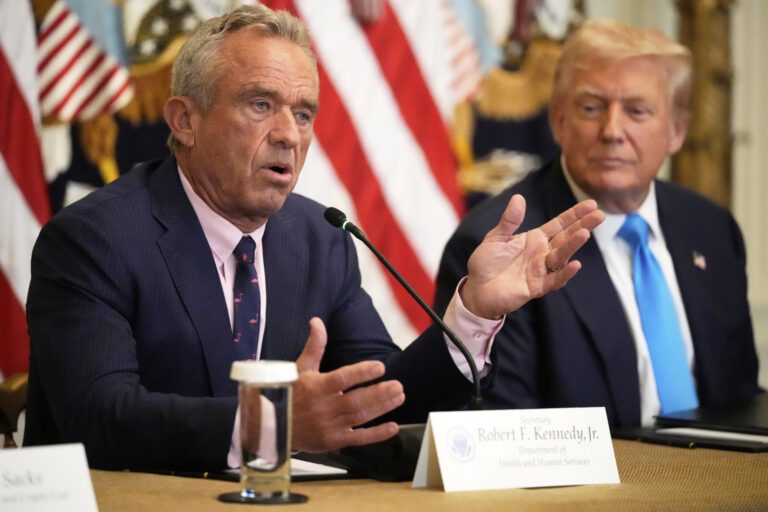Presidential Fitness Test Returns: What You Need to Know
Introduction: A Blast from the Past
The long-dreaded Presidential Fitness Test is making a comeback in schools across the United States. Introduced by President Dwight D. Eisenhower in 1956, this physical assessment stirred both nostalgia and anxiety among generations of students. On Thursday, President Trump officially reinstated this well-known evaluative tool, sparking discussions about youth fitness in an age dominated by sedentary activities like video gaming and scrolling through TikTok.
History of the Presidential Fitness Test
Origins and Evolution
The Presidential Fitness Test was a fixture in public schools for decades, designed to assess children’s physical abilities through a series of activities, including:
- Running
- Sit-ups
- Rope-climbing
- Pull-ups
- Push-ups
Students who excelled would receive the Presidential Fitness Award, a badge of honor for many. However, after being phased out by President Obama in 2012 due to concerns over competitiveness and its impact on children’s self-esteem, it became a distant memory.
Trump’s Executive Order
Trump’s announcement during a ceremony in the Roosevelt Room was both nostalgic and controversial. He stated:
"From the late 1950s until 2013, scholars all across our country competed against each other in the Presidential Fitness Test, and it was a big deal. This was a wonderful tradition, and we’re bringing it back."
Public Reaction: Controversial Memories
Social media erupted with both criticism and a sense of humor as parents recalled their experiences with the test. Here are a few poignant reactions:
- “The Presidential Fitness Test was the stupidest thing we were subjected to as kids,” a survivor remarked, critiquing its lack of scientific grounding.
- “Am I the only one who remembers the Presidential Fitness Test? Let’s just say I failed miserably every year!” shared another, reminiscing about the daunting rope climb.
The Skepticism
Many alumni of the test voiced concerns over its practicality and inclusivity, emphasizing that not all students possess the same physical capabilities.
The Athletic Council: Power Players in Fitness
At the signing of the executive order, several prominent athletes were present, including:
- Bryson DeChambeau (professional golfer)
- Annika Sorenstam (legendary golfer)
- Harrison Butker (NFL kicker)
- Lawrence Taylor (former NFL linebacker)
Bryson DeChambeau commented on the initiative:
“We have an opportunity at being the 70th anniversary of the President’s Council on sports, fitness and nutrition, to literally change the fabric of kids’ lives.”
The New Presidential Council
The newly formed council, which includes figures with strong ties to Trump, aims to promote physical fitness nationally. Other notable members include:
- Cody Campbell (contributor to Trump’s college sports policies)
- Paul “Triple H” Levesque (WWE executive with a longstanding relationship with the president)
What’s Next for the Presidential Fitness Test?
Modernized Objectives
The refreshed Presidential Fitness Test will include updates to better reflect contemporary standards of physical fitness and well-being. It aims to:
- Reward excellence and merit in physical education
- Encourage active lifestyles among young Americans
Health and Human Services Secretary Robert F. Kennedy Jr. will oversee the initiatives stemming from this executive order.
Addressing Declining Health in America
The White House framed this initiative as a response to what it describes as a "widespread epidemic of declining health and physical fitness" among American youth. The aim is clear:
"President Trump wants every young American to have the opportunity to emphasize healthy, active lifestyles — creating a culture of strength and excellence for years to come,” – White House press secretary Karoline Leavitt.
Conclusion: Moving Forward
The reinstatement of the Presidential Fitness Test has reignited discussions about youth fitness and well-being in America. With public sentiment varying from skepticism to nostalgia, how this initiative will be implemented and received remains to be seen. As we move forward, one can only hope the efforts will foster a new generation that values health, activity, and community as much as physical prowess.
For more information on fitness and health initiatives, explore external resources like the CDC’s Physical Activity Guidelines and the President’s Council on Sports, Fitness & Nutrition.


